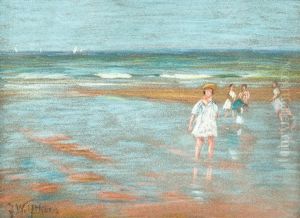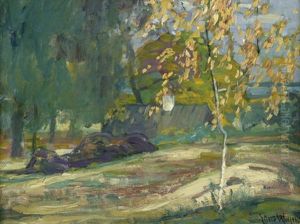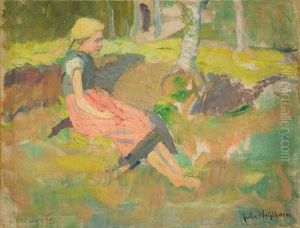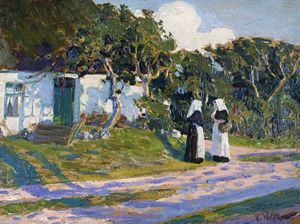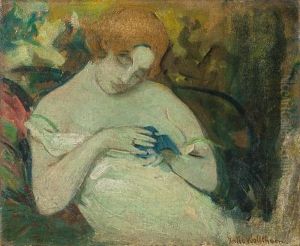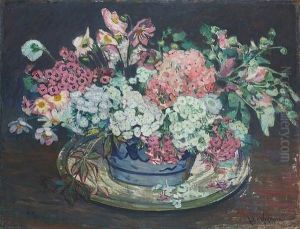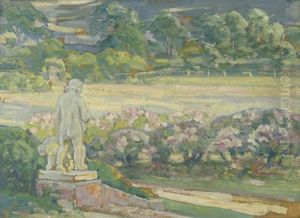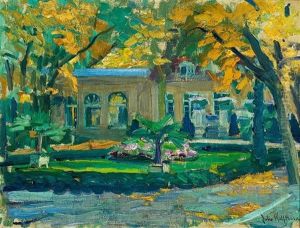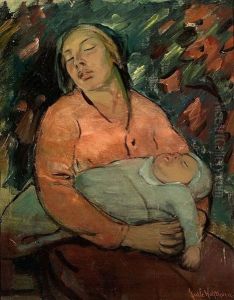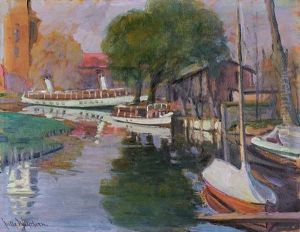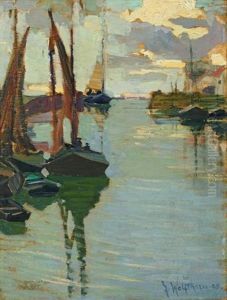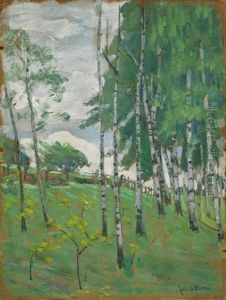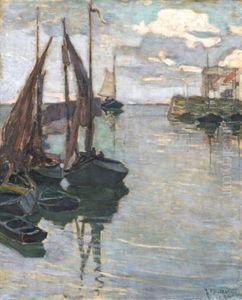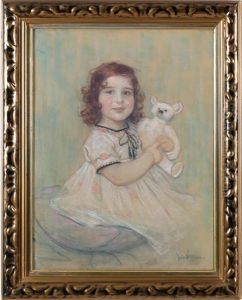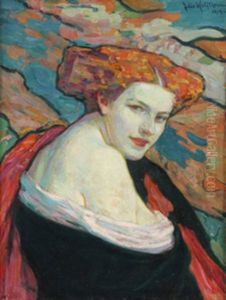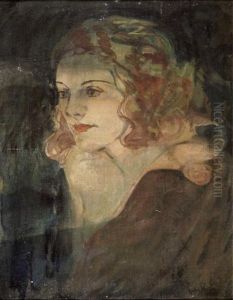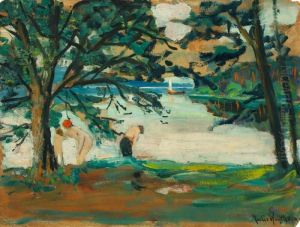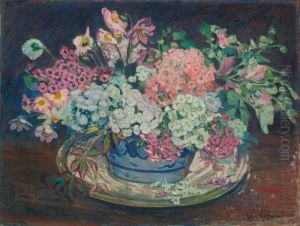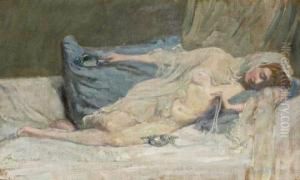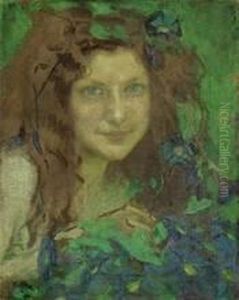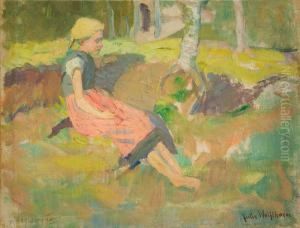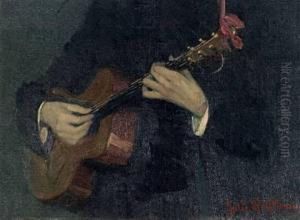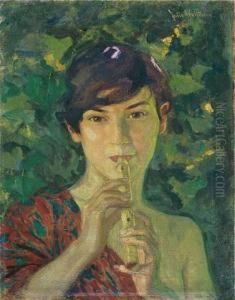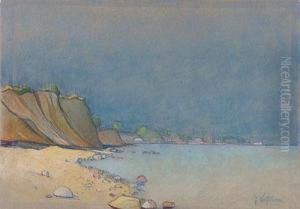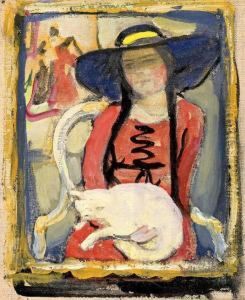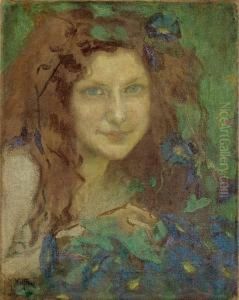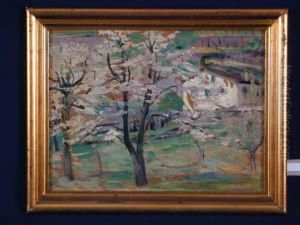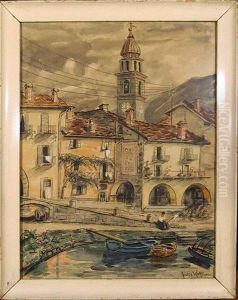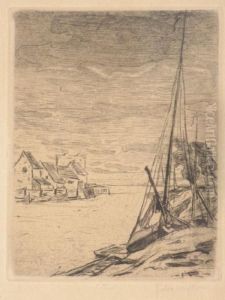Julie Wolfthorn Paintings
Julie Wolfthorn, born as Julie Wolf in Thorn (today Toruń, Poland) on December 8, 1864, was a prominent German painter and graphic artist, known for her portraits, landscapes, and still lifes. Her Jewish heritage played a significant role in her life and career, especially during the rise of the Nazi regime in Germany.
Wolfthorn's artistic journey began at a young age, leading her to study at the Berlin Art Academy for Women, where she was influenced by the styles of her time, including Impressionism. She further honed her skills in Munich and Paris, two cities that were central to the art movements of the late 19th and early 20th centuries. In Paris, she was exposed to the works of the Impressionists and Post-Impressionists, which influenced her style significantly.
In the early 20th century, Wolfthorn established herself in Berlin, where she became a central figure in the city's artistic community. She was a member of the Berlin Secession, a group of artists who sought to break away from the traditional academic style of art. Her studio became a meeting place for artists, writers, and intellectuals, making her an influential figure in the cultural life of Berlin during this period.
Wolfthorn's work received considerable recognition during her lifetime. She exhibited widely, both in Germany and internationally, and her paintings were acclaimed for their vibrant colors, sensitive portrayals of her subjects, and innovative compositions. Despite this success, the rise of the Nazi regime in Germany profoundly affected her life and career. Being Jewish, she faced increasing persecution and was eventually forced to emigrate in 1938, first to Prague and later to England, where she continued to paint until her death in London on December 29, 1944.
Throughout her career, Wolfthorn remained committed to portraying the beauty she saw in the world around her, despite the personal and political challenges she faced. Her legacy is that of a skilled artist who navigated the complexities of her time with grace and resilience, leaving behind a body of work that continues to be celebrated for its artistic and historical significance.
